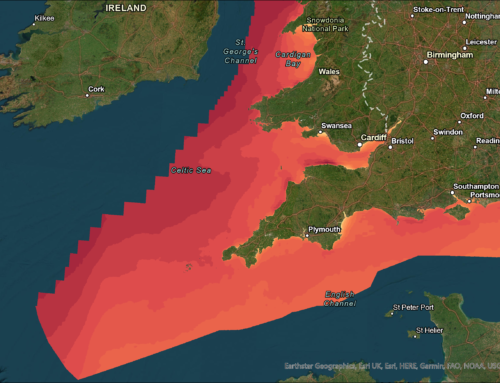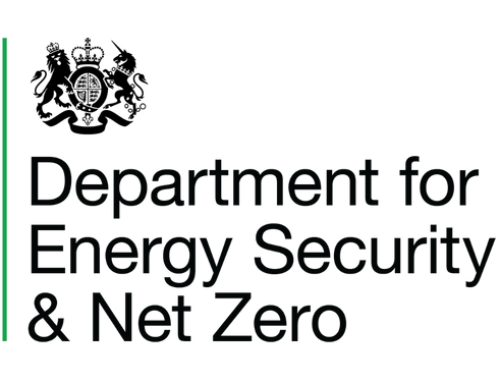I admit to being a bit surprised at the low price of DONG’s bid for Borssele I and II when it was published in (July). We soon got down to working out how they had done it, and we think that we did an OK job. If you haven’t seen that analysis already, you can look here and judge for yourself – industry feedback has been positive. When Vattenfall’s bid for Vesterhav was announced, we were emboldened to repeat the process, and again we were able to come to a reasonable explanation, available here.
So when Vattenfall’s price of €50/MWh for Kriegers Flak was announced, we were brimming with confidence that we would be able to come up with a similarly robust explanation of this seemingly crazily low price for the delight of our readers.
Except we can’t.
The fact is that with the same technology and timing, wind farm costs should be pretty much the same at Kriegers Flak as it is at Borssele. That’s because Borssele’s advantages of being a little bit bigger and a little bit windier are mostly offset by Kriegers Flak being a little bit closer to shore and having a little better wave conditions. Kriegers Flak has to be completed by end of 2021 and while Borssele could be as late as ‘mid-2020s’ we expect it to be delivered earlier than that. Both are in similar water depth and both bid prices exclude transmission and some development costs. But the LCOE for Kriegers Flak implied by the €50/MWh bid price is around 20% lower than the equivalent LCOE for Borssele. To achieve this reduction would require (in our view) an unrealistic combination of CAPEX, OPEX and energy production. We’ll come on to the cost of finance, below.
Some commentators have indicated that Vattenfall will use a next-generation 10+MW turbine at Kriegers Flak (though having these ready for a project completing in five years time is a bit of a stretch), and is banking on reducing operational costs through the project life, but our calculations suggest this explains at most a quarter of the benefit. With limited further scope for cost reduction beyond what we predict for Borssele, the explanation must lie either in increased revenues or reduced project returns (or a combination of the two).
Before we look at each of those, we need to remember that Kriegers Flak will be on an interconnector to Germany from day 1 of its operation and an interconnector to Sweden as soon as its sister wind farm in the Swedish part of Kriegers Flak gets built (guess who also owns the rights to that one?).
Increased revenue could come from operating the wind farm in concert with other assets in Vattenfall’s portfolio, such as its CHP plants and its Swedish hydropower plants, maximising revenue for the portfolio as a whole. Even more radically, Vattenfall could exercise its option to give up its contract for difference and sell energy on the open market. This would enable it to seek private PPAs – say with high energy users in Germany where industrial electrical energy can cost €140/MWh.
Vattenfall may be prepared to take lower returns on the basis that it expects to develop the Swedish part of Kriegers Flak and will be able to derive some synergy benefits not available if they were only building one. If not, it may be able to live with an average project return in the region of 5%, especially if it can re-finance after construction with cheap debt.
Whatever the explanation, I’m thinking the situation at Kriegers Flak is unique and that therefore a bid at this level is a one-off. With Borssele III and IV results coming along very soon, it won’t take long to prove me wrong (or right), but I’m betting that the result for these will be a lot closer to the Borssele I and II price than the Kriegers Flak price. Watch this space!





